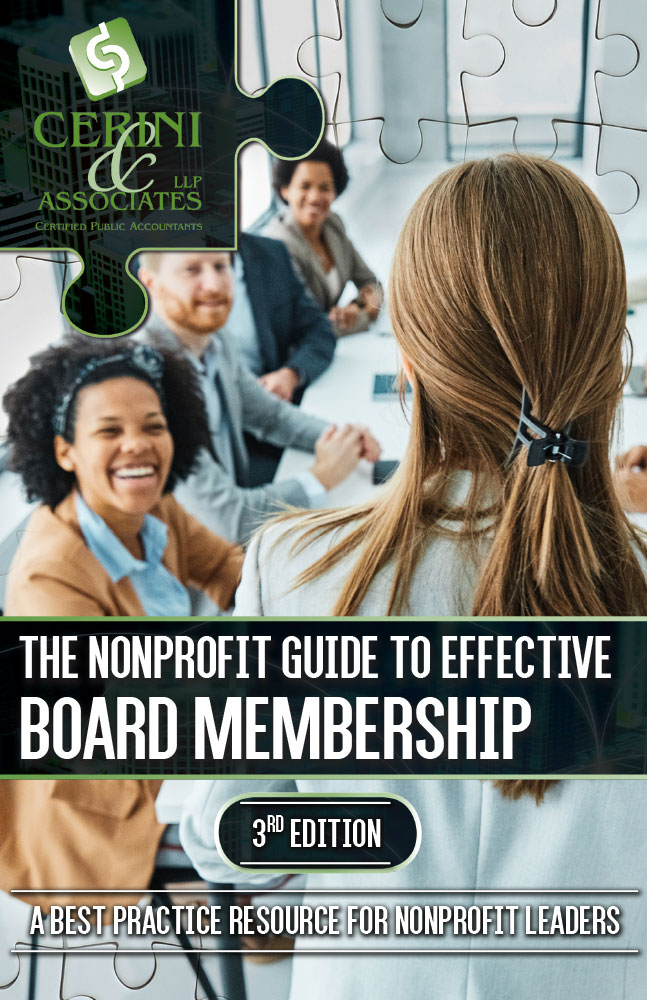Nonprofits that are serious about their own sustainability should also be serious about planning for the smooth and thoughtful transition of their leadership. Whether a transition occurs due to an unexpected vacancy on the staff or Board, or the anticipated transition of a long-tenured leader, being ready with a plan in place can help a nonprofit weather the inevitable storm of leadership transition. An effective succession planning process requires collaboration between Board members, executives, and key staff members. To be most effective, the planning, if possible, should be completed in advance of any departures.
It is important for the Board members to secure the organization’s future by clarifying direction and ensuring effective leadership is in place. Having a succession plan will help you to attract the right Board members when they are needed. The Board should work together to develop and approve succession plans for various scenarios. It also may be of benefit to the Board to create a Board committee to address transitional issues in the case of an unexpected departure of an executive.
A key element to having a good succession plan is developing competency-based criteria to be used as a guideline for recruiting and electing Board members. These competencies can be grouped into universal competencies that all Board members should possess and essential collective competencies that one or more Board members bring to help the Board execute its responsibilities effectively. On at least an annual basis, the organization’s recruitment needs should be analyzed by reviewing the Board’s competencies that are in place and looking to fill any gaps based on anticipated vacancies or operational shortfalls. A list of prospective members should also be maintained and updated as necessary so that interviews can be held when an opening arises. If the Board anticipates an opening within the next twelve months, recommendations should be made for a replacement as soon as possible.
Many organizations have established standing committees of the Board that contain both Board members and non-Board members. This is a great way to develop a farm system from which to recruit if a Board position is opening. These committee members are already engaged with the organization, are knowledgeable about the organization, and are familiar with the Board and management. In addition, Board members can gain some insight into committee member effectiveness before they are brought onto the Board.
Once a list of candidates is developed, the candidates should have initial interviews/communications with other Board members. The list of candidates should then be narrowed down to the eventual replacement after the Board has reached a consensus.
A problem that many organizations face with succession planning is failing to start or failing to finish. In order to prevent this from happening, it may be beneficial to recruit one or two Board leaders with the interest and skills to champion this issue. These leaders can recruit others to form a group that will help in the planning. It is also important for the group to set a timeline and a completion date so that there is something to strive for. A useful tool to help Boards stay on top of succession planning is to develop a chart that can include the Board members, their length of service, expiration of their current term, as well as committee and officer positions held. This will help give a clear picture of upcoming vacancies that may need to be filled. In addition, it is important to open lines of communication with Board members whose terms are expiring to determine what their intentions for future Board or committee service will be.
The quality of leadership of the Board members of a nonprofit organization is extremely important to its ongoing success and sustainability. Poorly handled transitions can wreak havoc on an organization, while carefully planned and managed transitions actually set the organization up for greater success in the future.
This article was featured in our Nonprofit Guide to Effective Board Membership. View the updated guide and more related topics here!






No comment yet, add your voice below!